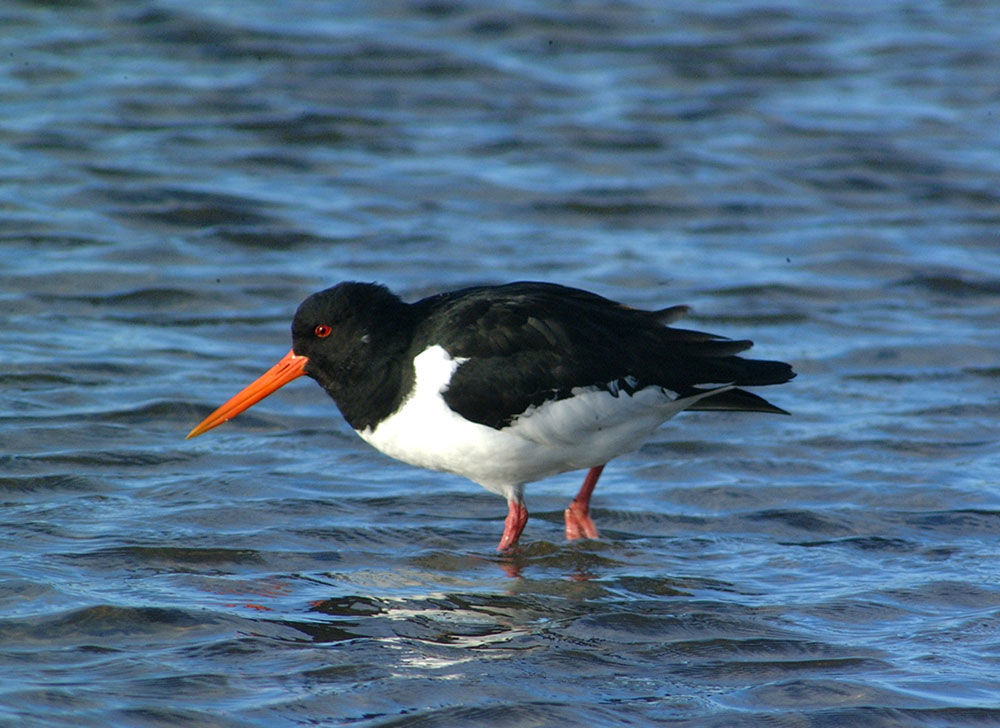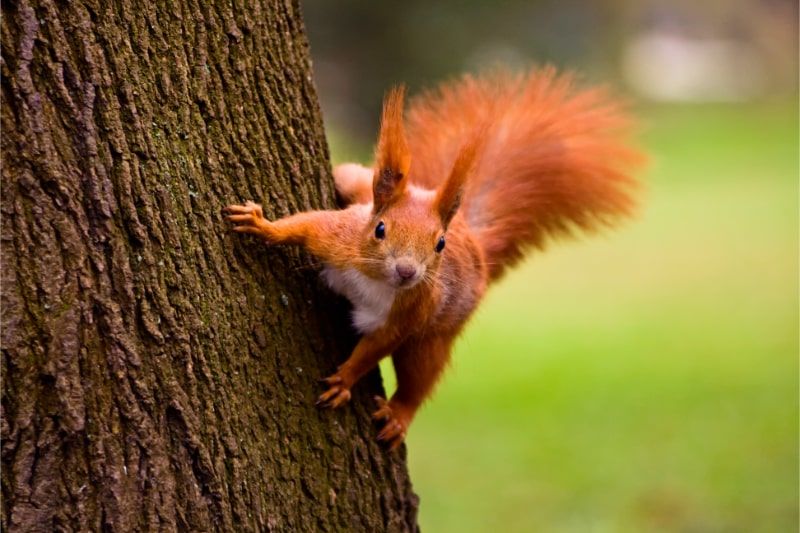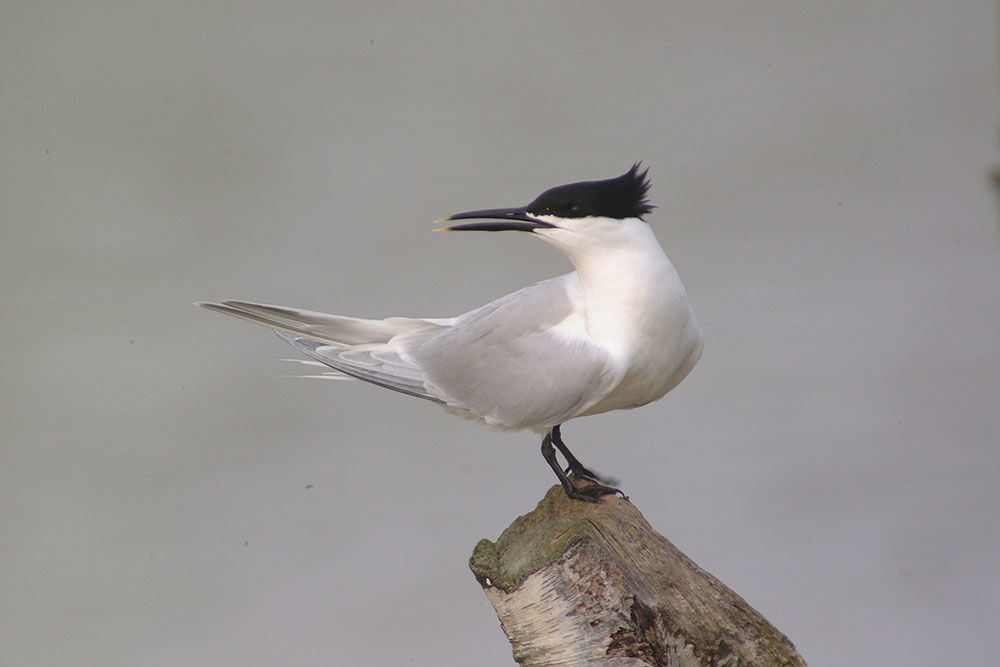An Area of Biological Significance
With such natural diversity supporting a wide range of plants, animals, insects and birds, it is little wonder that Poole Harbour is held in such high esteem. Recognised by many within the wider academic community as a bastion for rare and uncommon species, the area has been classified with a number of statutory designations. It is these designations that protect this safe haven from external threats.
The Harbour itself has been classified as a Site of Special Scientific Interest (SSSI) as well as a Special Protected Area (SPA). It has also been designated as a Ramsar site (Wetlands of International Importance) and European Marine Site (EMS). Special Area of Conservation (SAC) status was granted to the surrounding heathland, and certain areas of the Harbour have been designated as local and national reserves.
The Harbour, the islands in it and much of the water are classified as Areas of Outstanding Natural Beauty. Furthermore, the Harbour comprises part of the Purbeck Heritage Coast and is widely recognised for its landscape value.
Over on the south side of the Harbour, an advisory speed limit of 6 knots is in effect. This is to maintain the tranquillity of this part of the Harbour and to protect sensitive areas such as small bays and inlets. It is here that many birds feed, roost and breed, and keeping noise and speed to a minimum helps minimise any stress caused.
Please treat all the Harbour’s flora and fauna with care and consideration!






